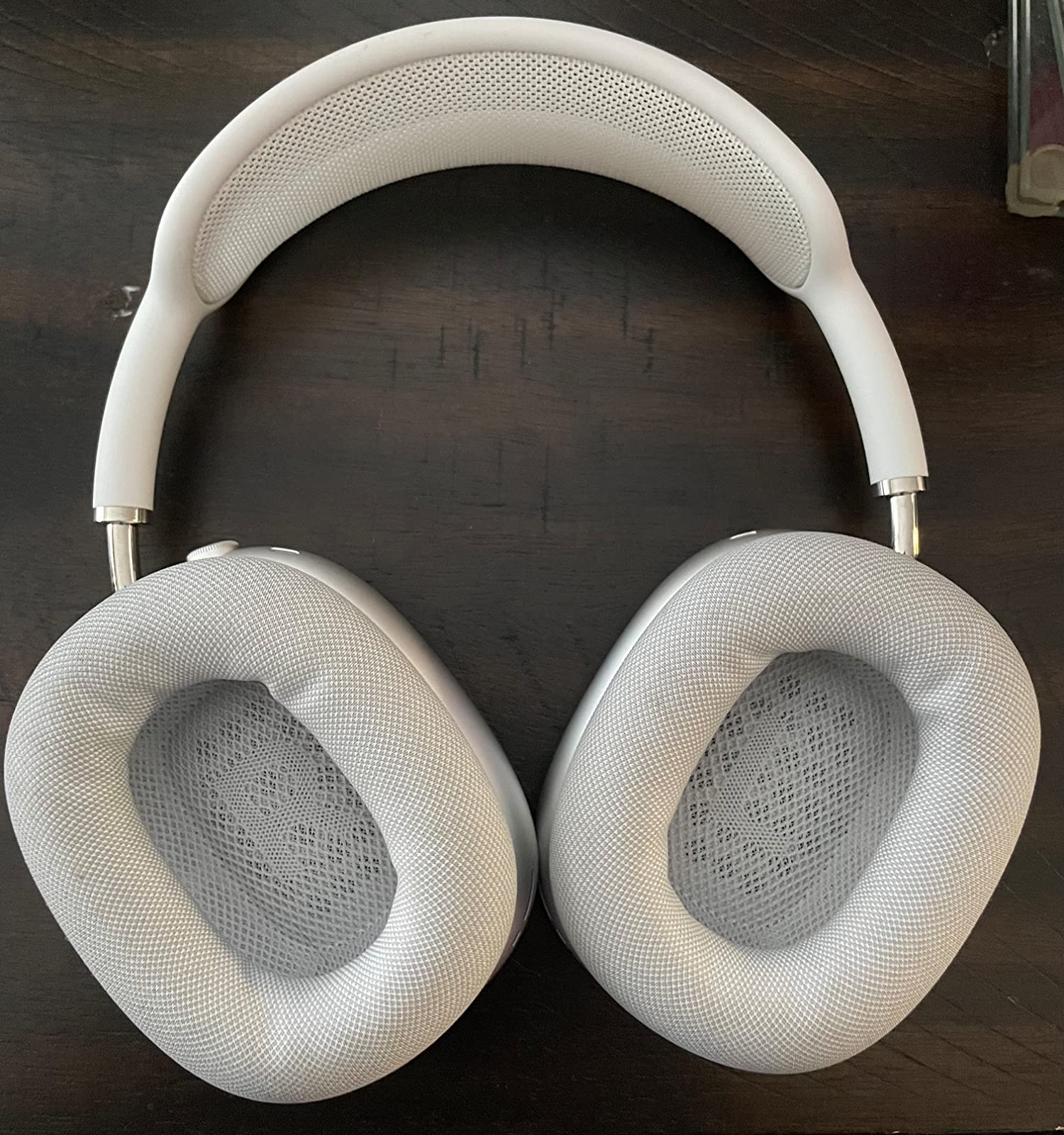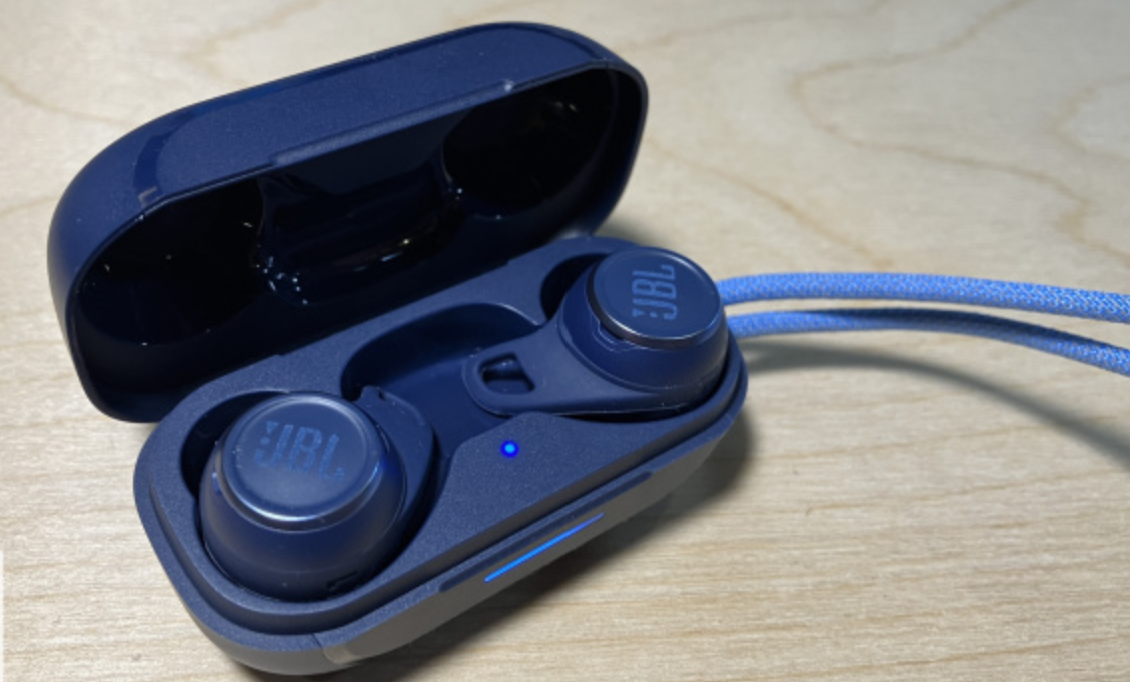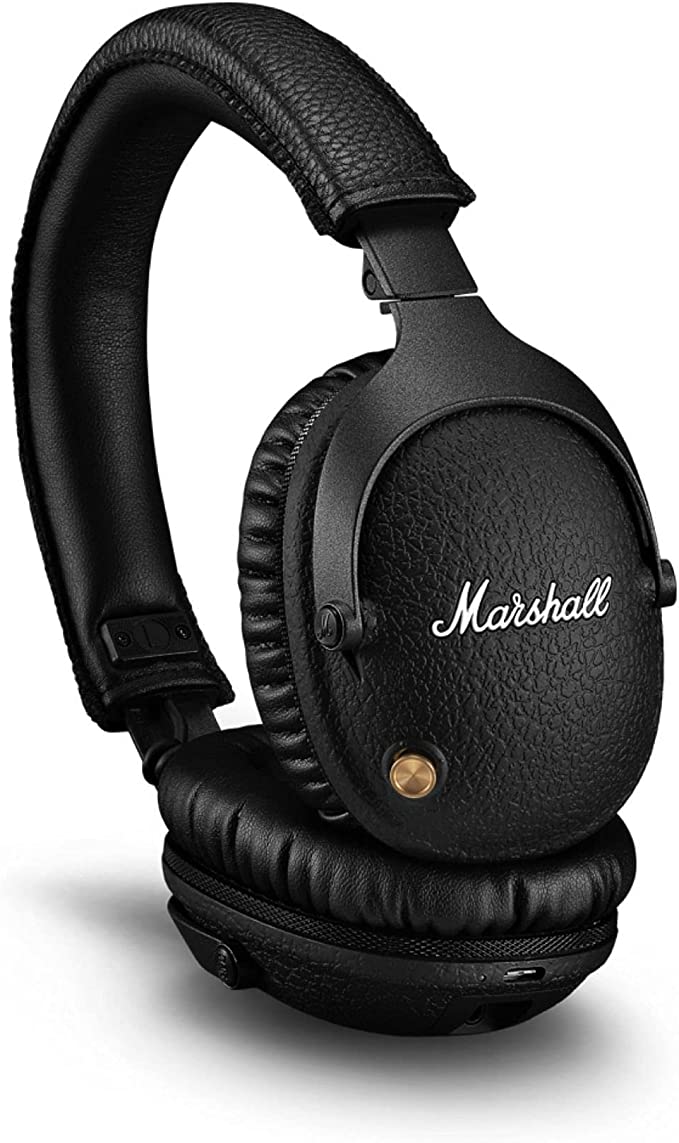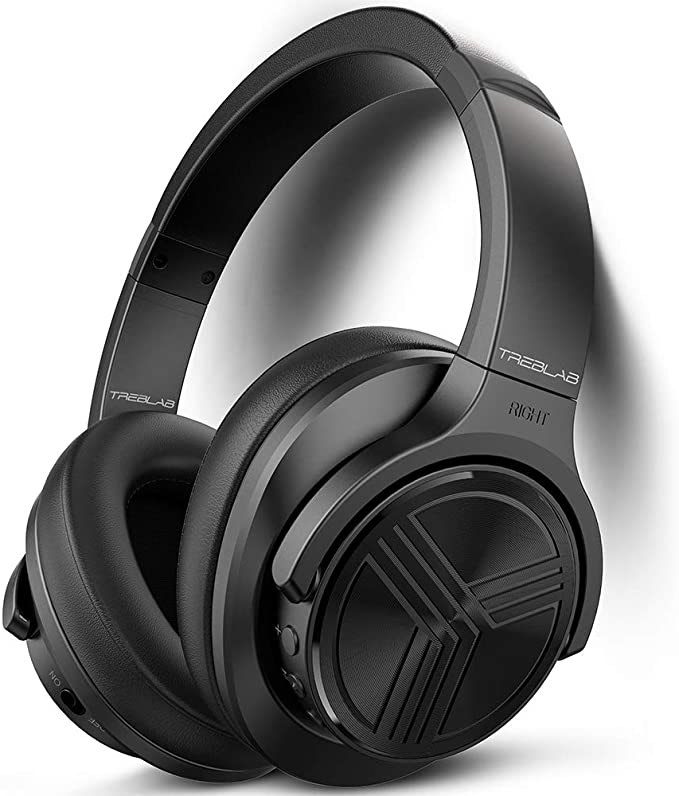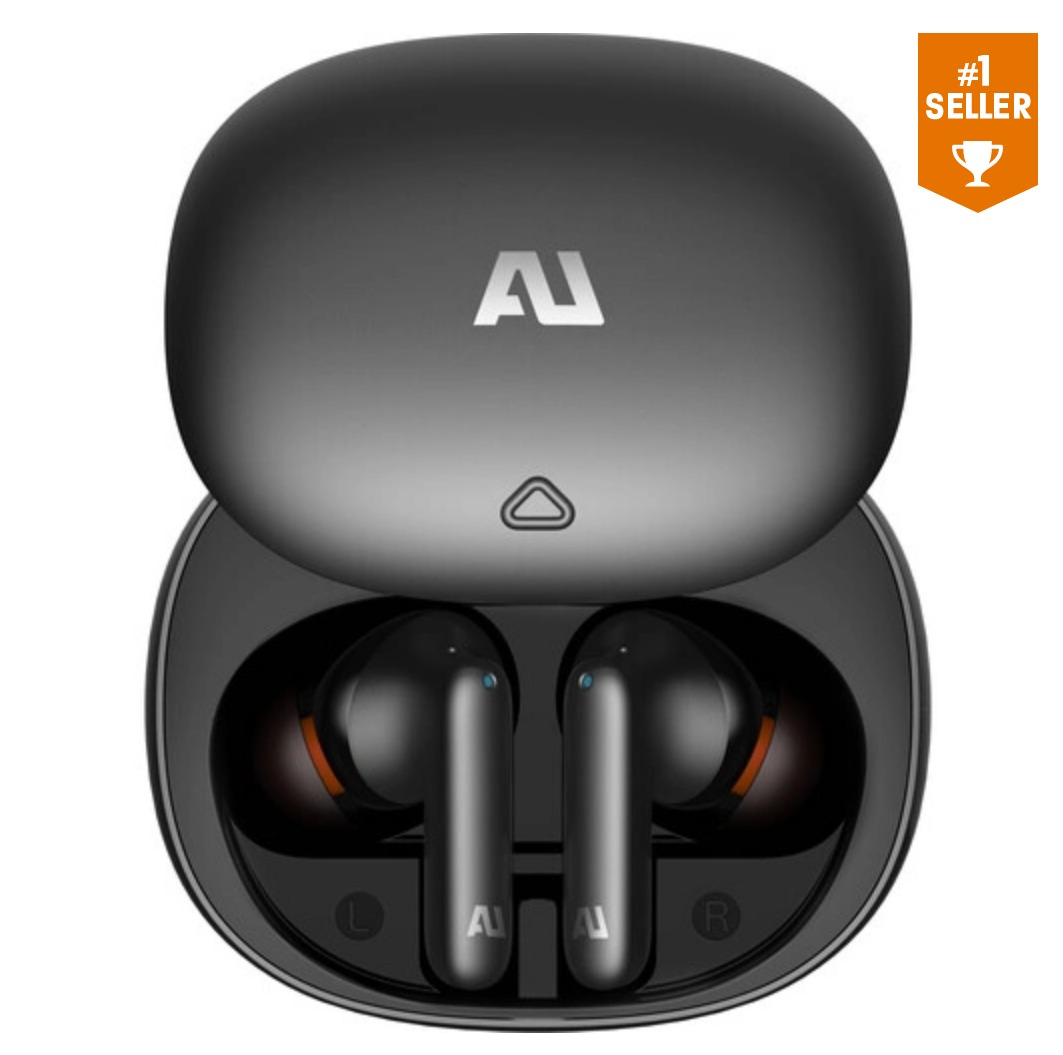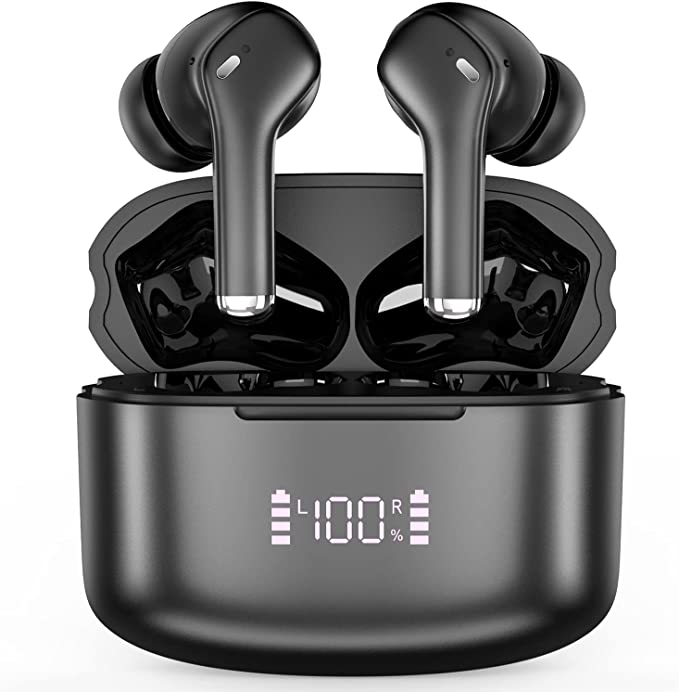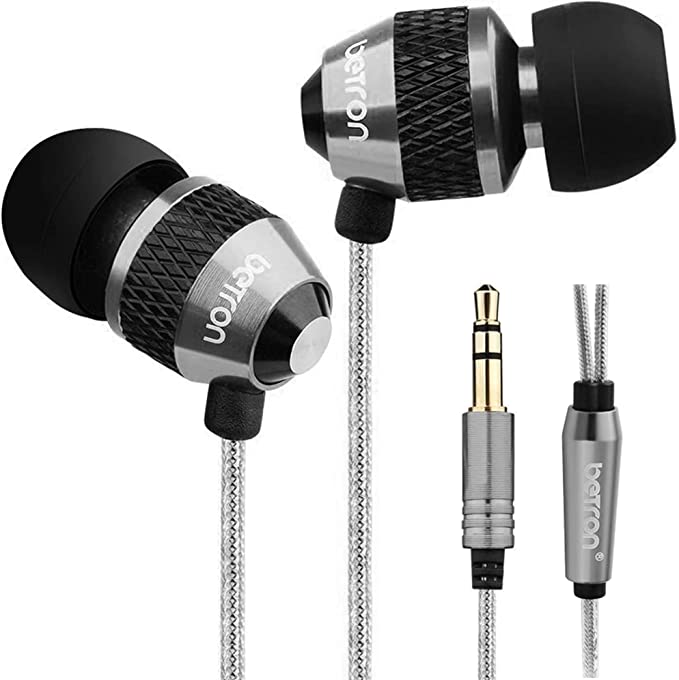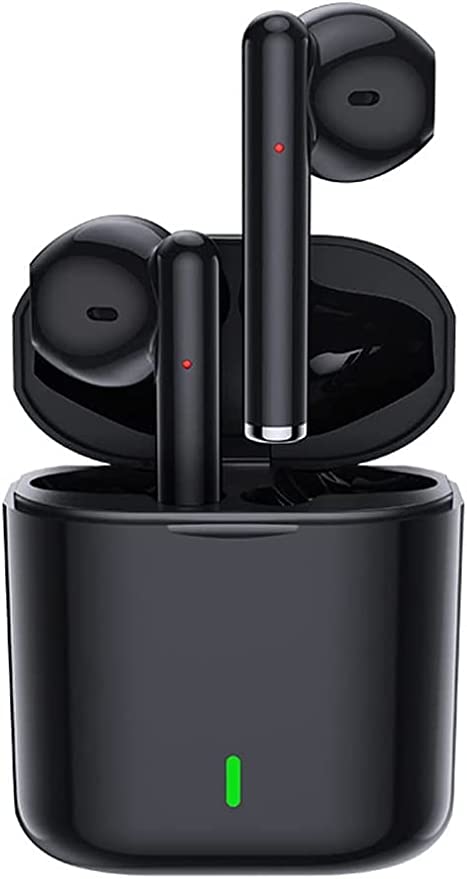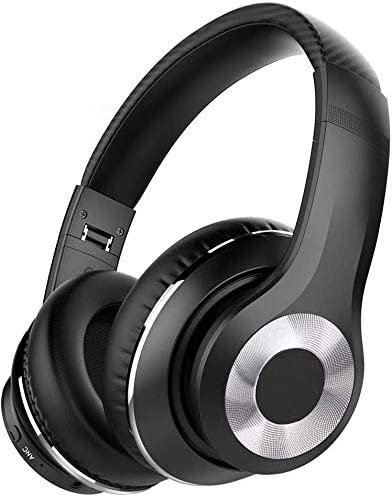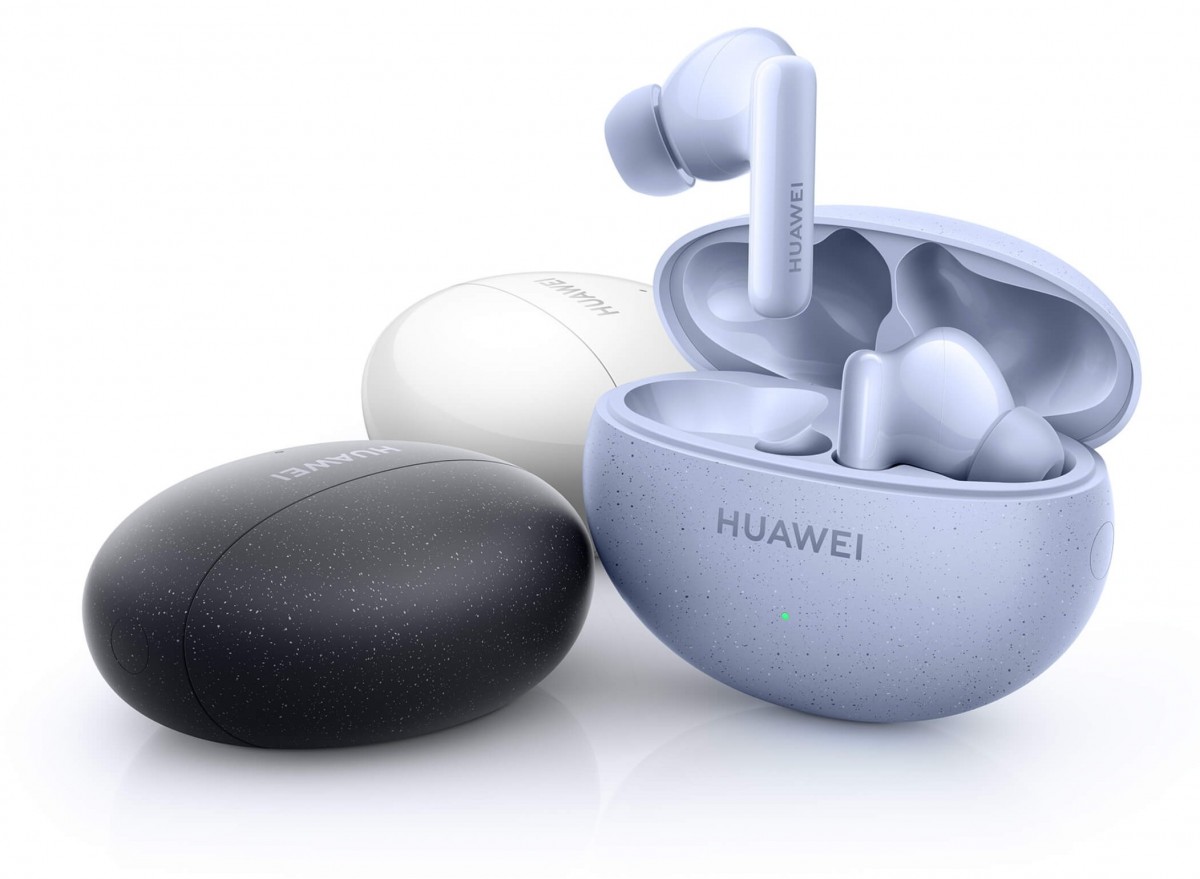Apple AirPods 4: A Refined Listening Experience
Update on July 5, 2025, 8:33 a.m.
It began, as many great ideas do, with a profound annoyance. The year was 1978. Dr. Amar Bose, an MIT professor and audio enthusiast, was on a transatlantic flight from Zurich to Boston, trying to enjoy music through a new set of airline-provided headphones. But he couldn’t. The incessant, deafening roar of the jet engines bled through, turning the music into a muddy, frustrating mess. In that moment of irritation, a fundamental question sparked in his engineer’s mind: could you fight sound with sound? He grabbed a napkin and began sketching the mathematical principles for what would become Active Noise Cancellation.
For decades since that flight, the principle has remained a pillar of premium audio, but it has always come with a silent contract, an inherent trade-off. To achieve that cocoon of quiet, you needed a physical seal. You either enveloped your ears in bulky, cushioned headphones or plugged them with tightly-fitting silicone tips. You could have profound immersion, or you could have open-air, forget-it’s-there comfort. Getting both was the holy grail.
This is the context you need to truly understand the Apple AirPods 4. Looking at them, you might just see a familiar white stem. But as someone who has spent a career wrestling with acoustics, I see a bold and fascinating engineering gambit. It’s an attempt to honor both sides of that contract—to deliver silence without the seal, using pure computational power to bend the rules of physics.

The Ghost in the Machine: Cancelling Sound with Sound
To grasp how remarkable this is, you first have to appreciate the sheer elegance of Dr. Bose’s original idea. At its core, it’s about a principle called destructive interference. Imagine dropping two pebbles into a calm pond. Where the peak of a ripple from one pebble meets the trough of a ripple from the other, the water flattens. They cancel each other out. Sound, being a wave, works the same way. Active Noise Cancellation is the art of creating a perfect, inverted “anti-noise” wave to flatten the intrusive wave of ambient sound.
For a traditional sealed headphone, the job is simpler. The physical barrier does the heavy lifting, and the electronics just clean up the rest. But the AirPods 4 have no seal. They sit gently in the ear, leaving a wide-open door for the world to rush in. To achieve any semblance of quiet here is a computational miracle, orchestrated by two sets of microphones working in a constant, high-speed duet.
First, an outward-facing microphone acts as a sentinel, listening to the world around you—the rumble of the train, the hum of the air conditioner. This is the “feedforward” part of the system. It detects the enemy noise wave and reports it to the H2 chip.
But this is where the real magic happens. A second, inward-facing microphone is listening from inside your ear canal. This is the “feedback” loop. It hears exactly what you’re hearing, a mix of your music and any noise that has managed to sneak past the first line of defense. It acts as a meticulous quality-control inspector, telling the H2 chip, “The anti-noise wave was a bit off; adjust it by 3 decibels at 200 hertz.” This entire cycle of listening, inverting, and correcting happens thousands of times per second.
Now, let’s be clear. This is not a magic wand. The laws of physics are undefeated. As many users rightly observe, the AirPods 4 won’t create the profound, vacuum-like silence of a fully-sealed headphone like their Pro counterparts. They aren’t designed to. Instead, what this elegant system achieves is something I’d describe as “sanding the rough edges off the world.” It masterfully dulls constant, low-frequency drones, taking the cognitive load of a noisy commute off your brain without completely disconnecting you from your surroundings. It’s a carefully engineered compromise, and for many, it’s the right one.

The Art of the Invisible Fit
If achieving ANC without a seal is a marvel of physics, creating a comfortable fit for millions of unique ears is a masterclass in ergonomics. For years, I’ve heard the same complaint from people who can’t stand silicone tips: they feel invasive, create an uncomfortable pressure, and always seem to be falling out. As one user of the AirPods 4 put it, “My ears are just NOT made for in-ear silicone tips. BUT THESE AIRPODS 4!!! Holy smokes they are so comfortable.”
This isn’t luck; it’s geometry. The refined contour and shorter stem subtly shift the device’s center of gravity, allowing it to rest more securely in the ear’s natural hollows, specifically the concha. Furthermore, a tiny, almost invisible pressure-equalizing vent is critical. It allows air to move freely, preventing the “plunger effect” that makes sealed earbuds feel oppressive over long periods. It’s this obsessive attention to the micro-details of comfort that allows the technology to simply disappear, which is the ultimate goal of any wearable.

The Conductor of the Orchestra: The H2 Chip
At the heart of this entire operation—the noise cancellation, the seamless fit, the immersive audio—is the H2 chip. It’s less a component and more a neural center, a lightning-fast conductor for an orchestra of sensors. When you start talking to a colleague, it’s the H2 chip that senses your voice, activates Conversation Awareness, and smoothly fades your music down. When you’re on a call in a loud coffee shop, it’s the H2 chip running the Voice Isolation algorithm, using the beamforming microphones to distinguish your voice from the clatter of dishes.
This is the essence of computational audio. It’s a philosophy we’ve seen transform smartphone photography, where clever software allows tiny lenses to produce images that defy their physical limitations. Here, the same principle is applied to sound. The H2 chip is using software to overcome the physical limitations of an open-air design, delivering an experience that, just a few years ago, would have been impossible without a physical seal.
This journey, which began with an annoyance on a noisy flight, has led us here: to a device that intelligently filters, shapes, and enhances our personal soundscape. The AirPods 4 are not the ultimate solution for every person or every situation. They are, however, a beautifully engineered answer to a long-standing paradox. They prove that sometimes, the most elegant way to build a wall against the noise is not with a physical barrier, but with a ghost in the machine. And in doing so, they give us a tantalizing glimpse of a future where our technology doesn’t just sit in our ears, but truly understands how we hear.
